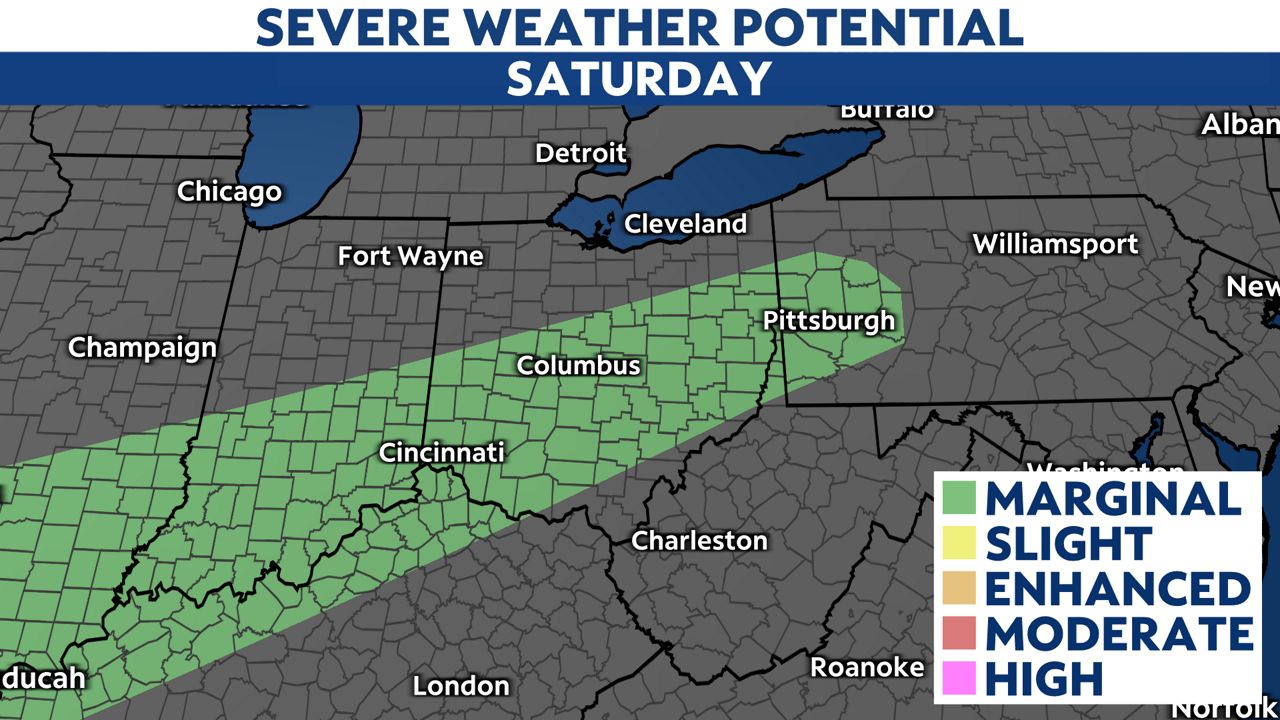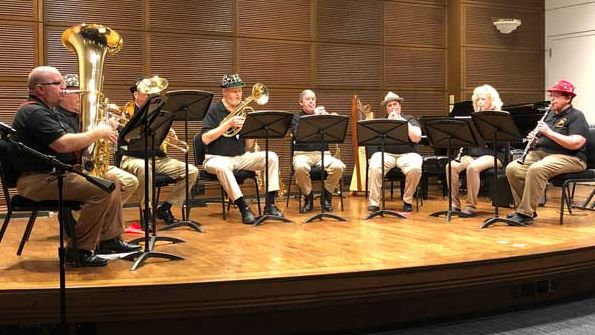CLEVELAND — The Cleveland Browns are one step closer to securing $600 million in state funding toward their plan to build a new stadium in Brook Park, after lawmakers in the Ohio House of Representatives approved that spending in the budget this week.
The Ohio Senate must now vote on the bill before Gov. Mike Dewine, R-Ohio, who proposes doubling the state’s sports betting tax to finance the facility instead, decides whether to sign off.
But, many economists agree that stadiums are poor public investments, and the Browns plans for an enclosed stadium don’t come cheap at $2.4 billion. In addition to the stadium, Dee and Jimmy Haslam plan on spending another $1 billion to develop retail, residential and office space around the facility.
The Haslam Sports Group (HSG), which owns the Browns, is asking both the state and Cuyahoga County to issue $600 million dollars in bonds toward the project, to cover half the cost of the stadium build. HSG claims taxes generated by the new development from parking, admissions, hotels and more will be more than enough to pay the project off.
“They've only shared their actual projections of tax revenues from various taxes,” Ken Silliman, a former Cleveland city official said. “What they have not shared is how they get there.”
Silliman, whose career in Cleveland City Hall spanned three mayors, wrote a book about his experience helping to negotiate lease deals with each of the city’s major league teams.
He said he’s not convinced by the Browns’ projections.
“There are three state taxes that they say will increase significantly at the Brook Park site: income taxes, sales taxes and commercial activity taxes,” Silliman said. “And specifically, the Browns have said that over the 30 years of their proposed lease, that those three state tax revenues will quadruple from the amounts that the state would have gotten if the Browns stayed at the lakefront. But again, they've not explained how those taxes will quadruple.”
In a press conference last month, Cuyahoga County Executive Chris Ronayne, who’s been vocal about his opposition to a Brook Park facility, said a county analysis of the numbers finds the Browns are too optimistic, assuming 100% parking utilization at the new facility and a significant increase in median ticket costs for the next 30 years.
Silliman said he also has doubts about the number of events the Browns are suggesting will come to the new site and how they anticipate commercial spending will increase.
“When you build a new retail complex, people don't suddenly start spending more,” Silliman said. “What they do is they'll spend at the new place and they'll spend less at existing places. So, places like Crocker Park and Westgate will see a drop in spending to compensate for what people are paying in Brook Park. That's not going to quadruple state tax revenues. They'll just basically stay the same.”
Recent blows to the economy in response to President Donald Trump’s tariffs have changed the country’s economic outlook since the Brook Park plan was announced. Eric Chaffee, a business law professor at Case Western Reserve University, said it’s a good reminder to be careful with how to invest public money right now.
“One of the major assumptions that seems to be present is good economic times, where people have a lot of disposable income for entertainment to go see the Browns,” Chaffee said. “Now that the economy's changing, there's a real question as to whether or not those projections really can be believed at this point.”
The Ohio House included an amendment in the budget that increases the amount of upfront funding the Browns would pay to the state from $38 million to $50 million. In the event the bonds issued to finance the project aren’t able to be repaid, the state could keep that money.
Spectrum News 1 reached out to the Browns for comment but didn’t hear back before publishing.











